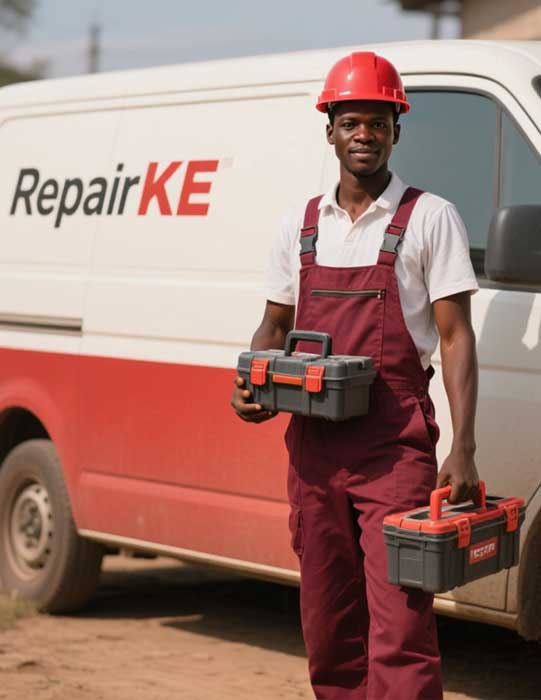Tools that we use in Washing Machine Fault Diagnosis
Modern washing machines are complex appliances combining mechanical, electrical, and electronic systems. When these machines malfunction, technicians rely on specialized tools to accurately diagnose and repair faults. Understanding the essential diagnostic equipment helps both professionals and informed homeowners identify problems efficiently and cost-effectively.
Multimeter: The Foundation of Electrical Testing
The multimeter stands as the most fundamental diagnostic tool in any technician's kit. This versatile device measures voltage, current, and resistance, making it indispensable for testing electrical components. Technicians use multimeters to verify power supply to the machine, check continuity in switches and wiring, and test heating elements, thermostats, and motor windings. A quality digital multimeter provides accurate readings and helps identify short circuits, open circuits, and components that have drifted from their specified resistance values.
Ohmmeter and Continuity Testers
While many multimeters include ohmmeter functionality, dedicated continuity testers offer quick verification of electrical pathways. These tools help technicians rapidly check door locks, lid switches, and water level pressure switches. An audible beep when continuity exists speeds up the diagnostic process, particularly when working in tight spaces where reading a display might be challenging.
Pressure Gauge and Water Level Testing Tools
Water-related issues rank among the most common washing machine problems. Pressure gauges help diagnose faults in the water inlet valve system and verify proper water pressure reaching the machine. Additionally, specialized water level pressure switches testers allow technicians to check whether the pressure switch activates at the correct water levels, ensuring the machine fills and drains properly.
Tachometer for Motor Speed Testing
Modern washing machines use variable-speed motors controlled by electronic boards. A digital tachometer measures the actual RPM of the motor during different cycle stages. This tool helps identify whether motor speed issues stem from mechanical problems, worn bearings, or faulty control board signals. Comparing actual speeds against manufacturer specifications quickly pinpoints performance degradation.
Thermal Imaging Cameras
Advanced diagnostic work increasingly employs thermal imaging cameras to identify overheating components without disassembly. These devices detect hot spots in motors, control boards, and wiring that indicate excessive resistance, poor connections, or failing components. Early detection of thermal issues prevents catastrophic failures and helps prioritize repairs.
Amp Clamp Meters
Clamp-on ammeters measure current flow without breaking electrical connections. Technicians use these tools to verify that motors, pumps, and heating elements draw appropriate current levels. Unusually high amperage indicates mechanical binding, shorted windings, or other serious problems, while low amperage might suggest poor connections or failing components.
Specialized Software and Diagnostic Modes
Many modern washing machines include built-in diagnostic modes accessed through specific button sequences. Technicians use manufacturer-provided software and diagnostic tools that connect via service ports or wireless interfaces. These systems run automated test cycles, display error codes, and provide real-time data on sensor readings, helping identify control board issues and software-related faults.
Basic Hand Tools and Inspection Equipment
Beyond electronic testing equipment, successful diagnosis requires quality hand tools including screwdrivers, nut drivers, and pliers for disassembly. Flashlights or headlamps illuminate dark cabinet interiors, while inspection mirrors help examine hard-to-reach areas. A simple smartphone camera can document wiring configurations before disconnection, ensuring correct reassembly.
Effective washing machine fault diagnosis combines systematic troubleshooting knowledge with appropriate tools. While professional technicians invest in comprehensive diagnostic equipment, many common problems can be identified using basic multimeters and visual inspection. Understanding these tools empowers both professionals and homeowners to approach washing machine repairs confidently, reducing downtime and repair costs while extending appliance lifespan.






